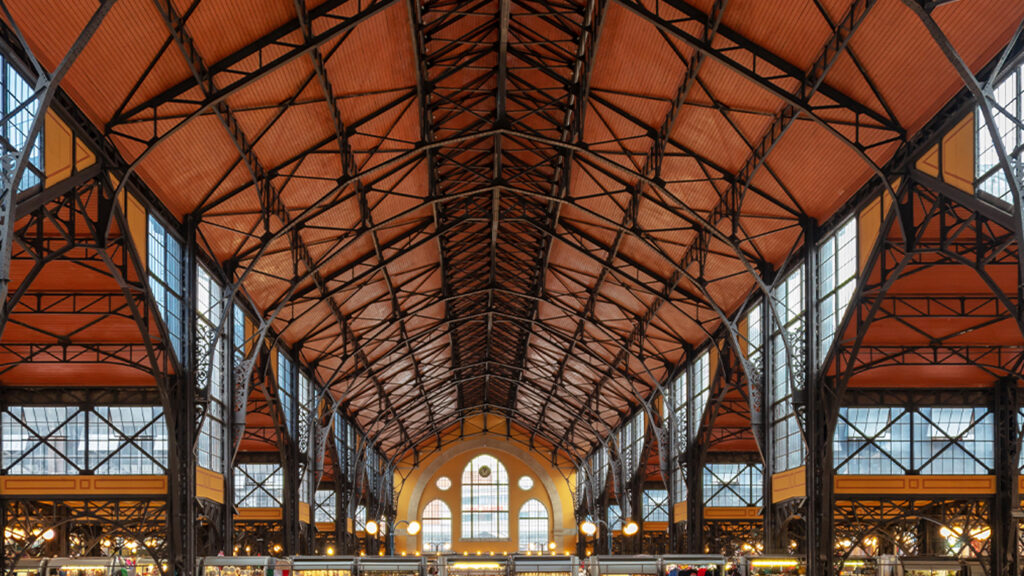Food tourism celebrates “traveling for a taste of a place to get a sense of place.” Enticed by the gastronomic adventures of Somebody Feed Phil and Stanley Tucci’s Searching for Italy, the post-pandemic traveler seeks authentic culinary experiences to connect more deeply with travel environments. Nearly 95% of travelers classify themselves as food travelers, positioning the culinary tourism industry to reach a projected revenue of $1.8 billion by 2027.
 Anjee Solanki
Anjee Solanki
“Over the past ten years, food halls have experienced a significant rise in popularity. Analysts and developers consider the platform a safe investment and cultivate fresh restaurant ideas while functioning as a community center.”
Food Halls of America
Over the past ten years, food halls have experienced a significant rise in popularity. Analysts and developers consider the platform a safe investment and cultivate fresh restaurant ideas while functioning as a community center. There are more than 300 food halls in the US, with an additional 145 slated for development in 2023. Analysts predict that food hall expansion will increase by 45% in the coming years.
Redeveloping mixed-use and industrial spaces with a sizable footprint has seen the most traction with food hall operators. Landlords must be diligent when adding food hall leases to their tenancies. In addition to ensuring there are no surprises in retrofitting the space to accommodate “back of house” prep for kitchen, catering and delivery, they must also consider how the look and feel of the product seamlessly integrate with its existing space design. Food halls also have their prerequisites; they manage 15-20 vendor licenses at any given time, pivoting quickly should a food concept fail.
The Community Impact
Retailers have realized that food is a magnet for people, and this understanding, coupled with the success of food halls, is driving their proliferation. From a consumer standpoint, food halls provide greater convenience, flexibility, and affordability when dining with friends and family. Commonly found in urban areas, leveraging underutilized real estate like warehouses or the ground floors of mixed-use buildings–spaces that ultimately become community hubs. Many locations have brought an economic boost to anchor spots in areas where there is an opportunity to elevate the entertainment and shopping districts with local eateries over chain restaurants.
Cities in the southern states are flourishing as investors scout former big box and department stores for food halls. For example, Atlanta’s perimeter recently welcomed four new food halls, and revitalized cities like Nashville, with its multicultural food hall The Wash, are capitalizing on the trend.
Subsets of the phenomenon are also beginning to emerge. The expansion of micro food halls like Wonder and UrbanSpace in New York City and Local Kitchens in Northern California brings popular restaurants together under one roof. And for the foodies, there are curated concepts like Market57 in Hudson Park, where select women- and BIPOC-owned restaurants, including our favorite artisanal ice cream maker, Malai, are hand-picked by the James Beard Foundation.
Do you have a favorite food hall experience to share? Let us know.



 Aaron Jodka
Aaron Jodka Nicole Larson
Nicole Larson
